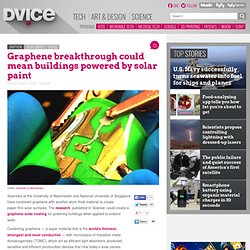

YouTube. Artificial intelligence is making food... - MIT Technology Review. Biodynamic Farming and Gardening Association. How to ... BUILD AN UNDERGROUND HOUSE For as Little as $50. For those of you not familiar with Mike Oehler, he is the author of the book, The $50 & Up Underground House Book.

The idea of building an earth integrated house is not a new one, however the ideas that Mike Oehler puts forth tend to improve upon the traditional models. The idea of building an underground house has been around for a long time because it is a great idea. Inhabitat. Abstract Molecule Logo Set. Engineering Concept Icon. Computer And Science Icons. Vector. - 107772158. Green Architecture. Green Architecture Image credits » Eco Factor Concept Skyscraper // TR Hamzah & Yeang » Thumb image Image credits » Eco Factor Concept Skyscraper // TR Hamzah & Yeang With an eye into eco-friendly, sustainable architecture, and with the belief that architecture and design can save the world we started our hunt for some GREEN ARCHITECTURAL BUILDINGS!
The past decade has been an outstanding one in green building and today we’re looking back at some most impressive green architecture projects which we at TrendCrib.com compiled for you. From LED platinum superstructures to innovative eco-buildings to ground-breaking monuments that integrate incredible new technologies, read on for the best and brightest developments! Graphene breakthrough could create solar paint. Scientists at the University of Manchester and National University of Singapore have combined graphene with another atom-thick material to create paper-thin solar surfaces.

The research, published in Science, could create a graphene solar coating for powering buildings when applied to exterior walls. Combining graphene — a super material that is the world's thinnest, strongest and most conductive — with monolayers of transition metal dichalcogenides (TDMC), which act as efficient light absorbers, produced sensitive and efficient photovoltaic devices that rival today's solar panels.